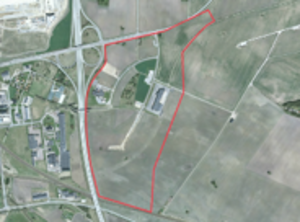District Heating
In Europe, the heating demand in the residential sector is responsible for a share of about 40% of the overall final energy usage. According to Heat Roadmap Europe, the amount of unexploited waste heat exceeds the amount of heat needed to heat up all the buildings in the EU. If waste heat would cover 50% of the heat demand for buildings, it could save 30 to 50 billion euro per year in purchase of fossil fuels and replace 100% of the present use of natural gas used for heating buildings.
Since waste heat is available at different temperatures, which is often lower than needed in traditional district heating systems, it is critical to exploit the low-grade heat sources in a flexible and economic-competitive way. In this regard, the research questions consist of, for example, how to match the excess heat provider with the end-users and integrate them into the existing district heating network via a techno-economical feasible solution and enable win-win partnerships; how to reduce or even recover the heat losses in the distribution pipelines; how to monitor the thermal grids in a smart and digitalized manner and proper modelling the expansion process of the network; etc.
Currently, we are participating an EU-funded project EMB3Rs in which our task mainly involves, in collaboration with Landskrona Energi, modelling and analysis of the different expansion scenarios of the existing network into the industrial park so called Krona area. Meanwhile, the EMB3Rs platform will identify the new business and technical solutions and make better use of renewable energy sources.

